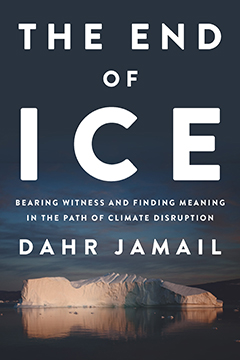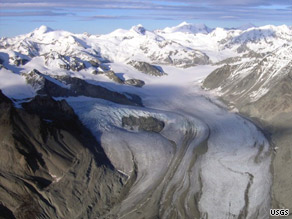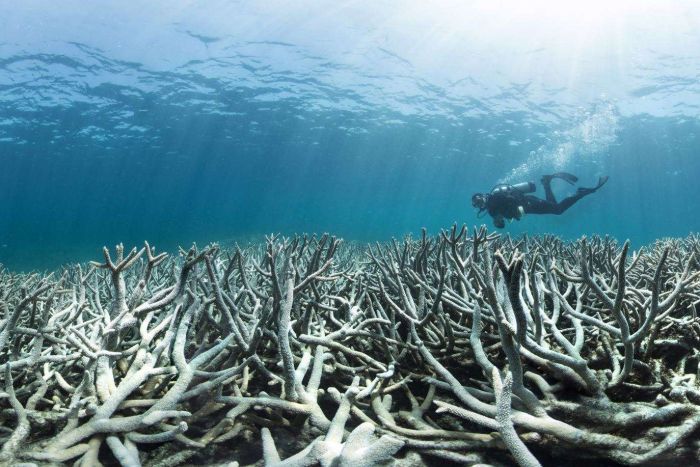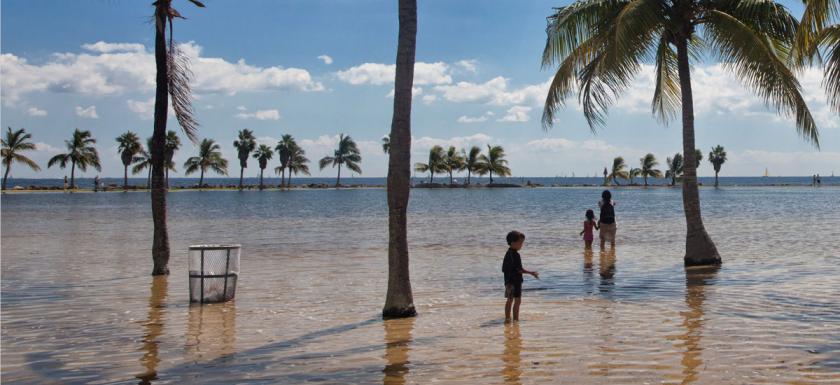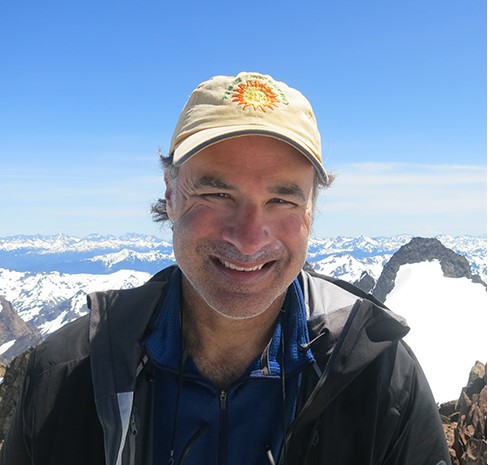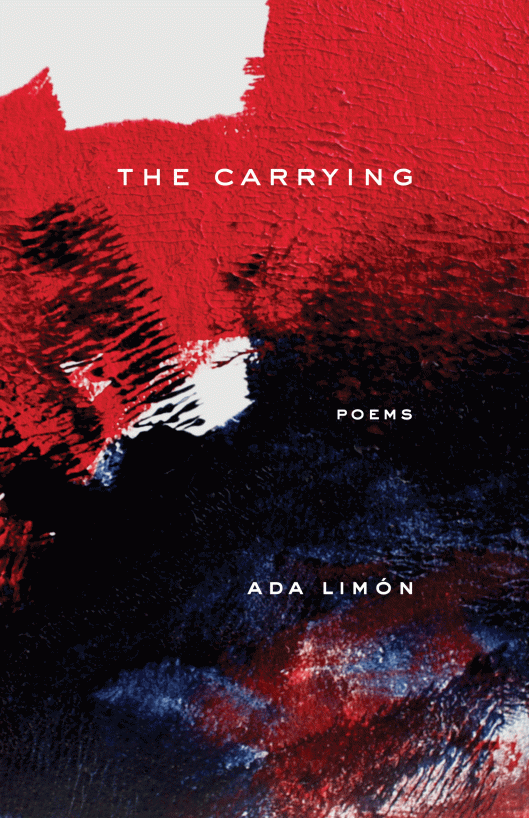Tags
Poem "Fault Lines" by Kendel Hippolyte, Port of Castries/St. Lucia/Eastern Caribbean, St. Lucian poet Kendel Hippolyte

Cover Art by Cecil Fevrier
My Poetry Corner April 2019 features the poem “Fault Lines” from the poetry collection, Fault Lines, by Kendel Hippolyte, a poet, playwright, and director. Born in the Eastern Caribbean Island of St. Lucia in 1952, he lived in Jamaica in the 1970s, where he explored his talents in writing plays and poetry. After earning his bachelor’s degree in 1976 at the University of the West Indies Mona campus, he returned to St. Lucia.
Four poetry collections have followed his first publication in 1980. Fault Lines – published by the UK publisher, Peepal Tree Press, in 2012 – won the 2013 OCM Bocas (Caribbean Literature) Prize for Poetry. In 2000, he was awarded the St. Lucia Medal of Merit for Contribution to the Arts.
Since retiring from teaching theater arts and literature at the Sir Arthur Lewis College (1992-2007), Hippolyte focuses on raising public awareness and contributing to solutions of critical social issues. A major Caribbean tourist destination, the island nation of an estimated 165,510 inhabitants (July 2018) is vulnerable to global capitalism and its ills of consumerism, drugs, crime, and violence.

Photo Credit: St. Lucia Taxi & Tours
In his poem, “Paradise” (from the same collection), the poet laments in Caribbean English: “Every time this tourist ship name Paradise come dock in the harbor / you does realize we never going to make it.”
In “Fault Lines,” the collection’s titular poem, Hippolyte invites the reader to look beyond the natural beauty of the idyllic, island nation to the underlying fault lines that rupture its communities.
The lines appear on sidewalks and on streets just recently resurfaced,
on bridges and on buildings, the creases, cracks, accumulation;
the fractures of a thin, brittle civilization aging prematurely.
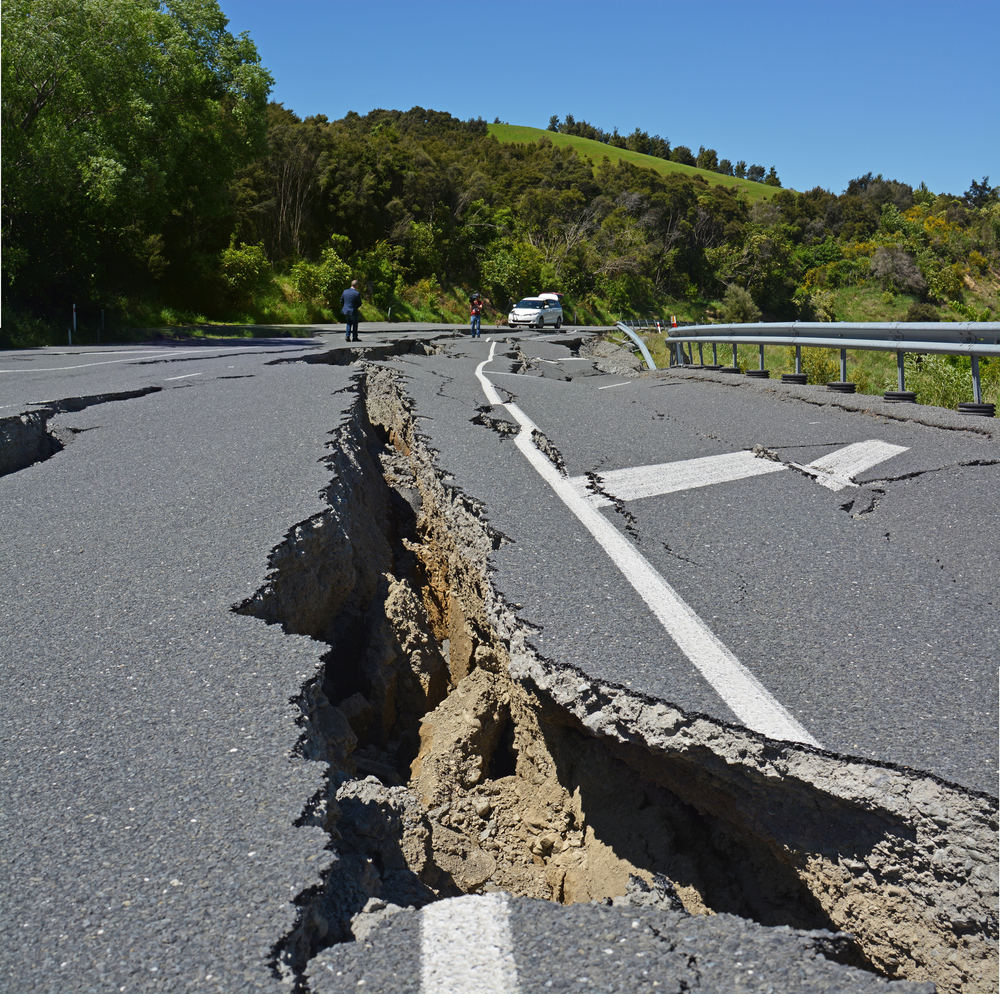
Photo Credit: HPCwire
For those of us who live along the geological fault lines on Earth’s surface, as in the Caribbean and in my home state of California, the fissures or cracks are warnings of mounting pressure beneath our feet. So, too, the fault lines that divide us. And there are many such lines, such as inequality and rising white nationalism.
The hand of something dying scrabbles these last messages everywhere,
a harsh cuneiform trying to break through surfaces into our understanding.
But we can barely read that ancient language now, of earth writing itself.
Yet, the poet says, we are blind to the signs everywhere of our undoing. We have failed to learn from the errors of past civilizations.
We walk between the lines, fill in the blank telling cracks, deconstruct, if need be,
our crumbling edifices breaking out in fault lines from trying to contain what we’ve become.
We humans have a way of creating alternate realities that fit our narratives about who we are as a species.
The hand is writing too on faces – lines of bewilderment, fear, guilt;
other unfinished lines trail off, coagulating red on bodies left as messages,
torsos punctuated with the exclamation marks of knife wounds, full stops of bullet holes;
final sentences marked on faces of those who used to be too young to kill or to be killed.
The imagery here is powerful. These are no longer cracks on our sidewalks, streets, bridges, and buildings. These are self-inflicted wounds, especially to our young people who die in mass shootings and in our war zones.
Something is desperately writing a threnodic poem to us, hoping we will read
the lines appearing on the sidewalks, streets, bridges, buildings, bodies, faces. But
we do not read – and what hope for a poem, like this one, struggling to translate,
with nothing but words, these dark fault lines of our disintegration into poetry?
Hippolyte makes clear that this is a poem of lamentation for a species that refuses to see the myriad “dark fault lines” that herald our disintegration as communities and nations. He holds out little hope that his poetic words would awaken us to action.
When the fault lines finally rupture and dislocate the earth beneath our feet, would it be too late for humankind to change its ways?
To read the featured poem and learn more about the work of Kendel Hippolyte, go to my Poetry Corner April 2019.




